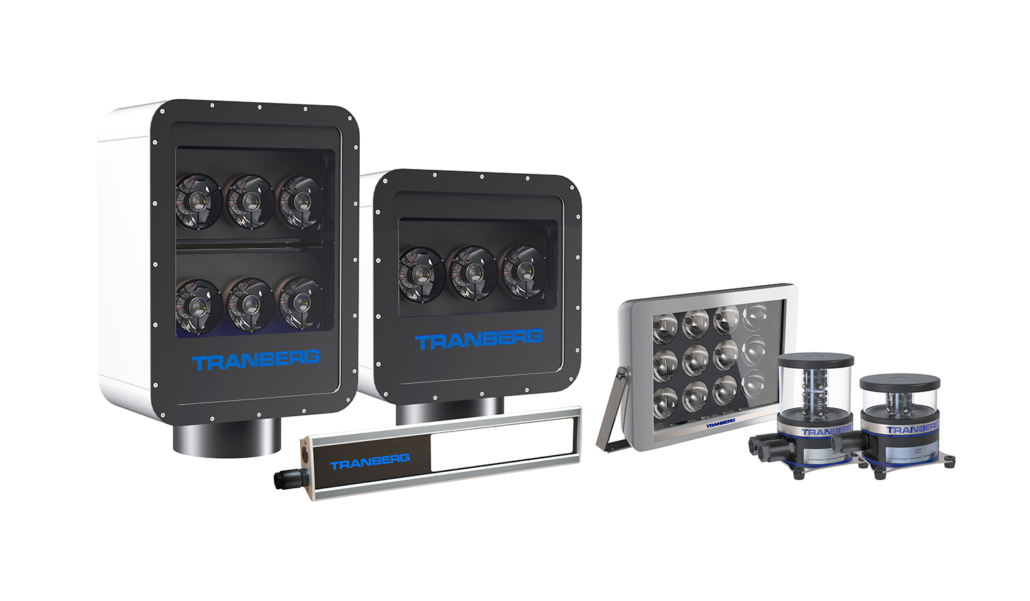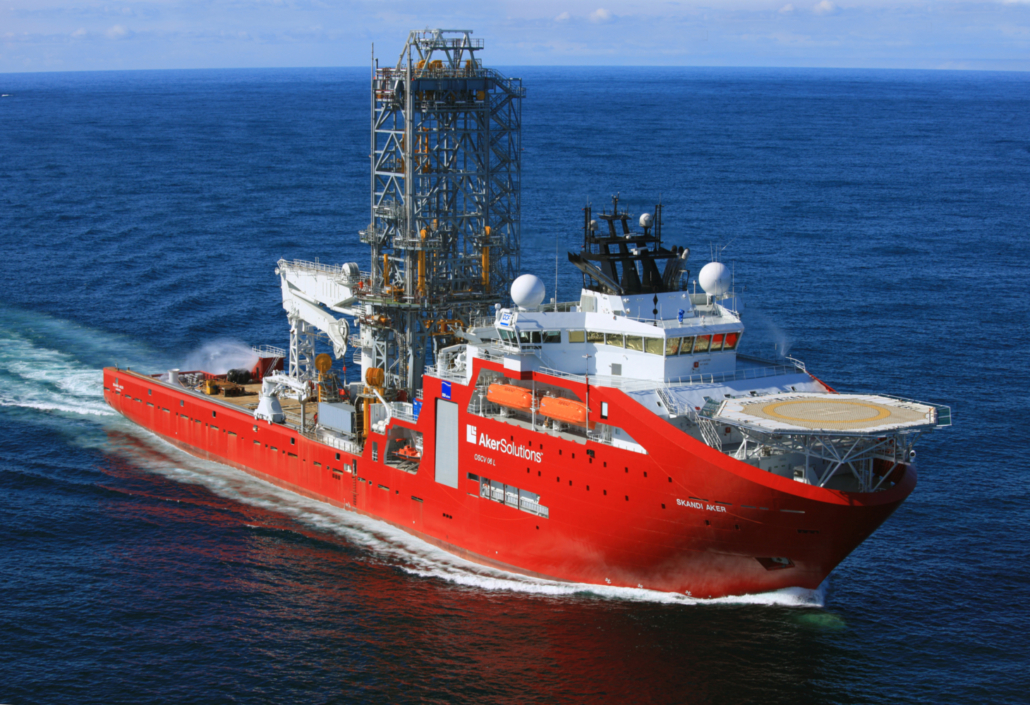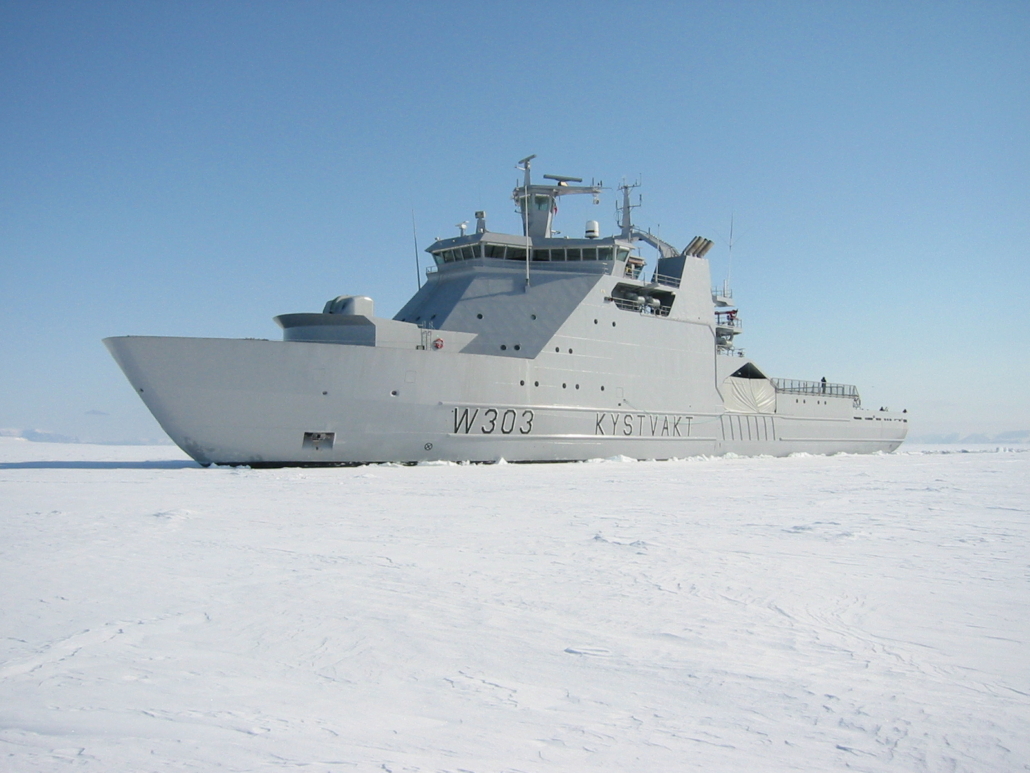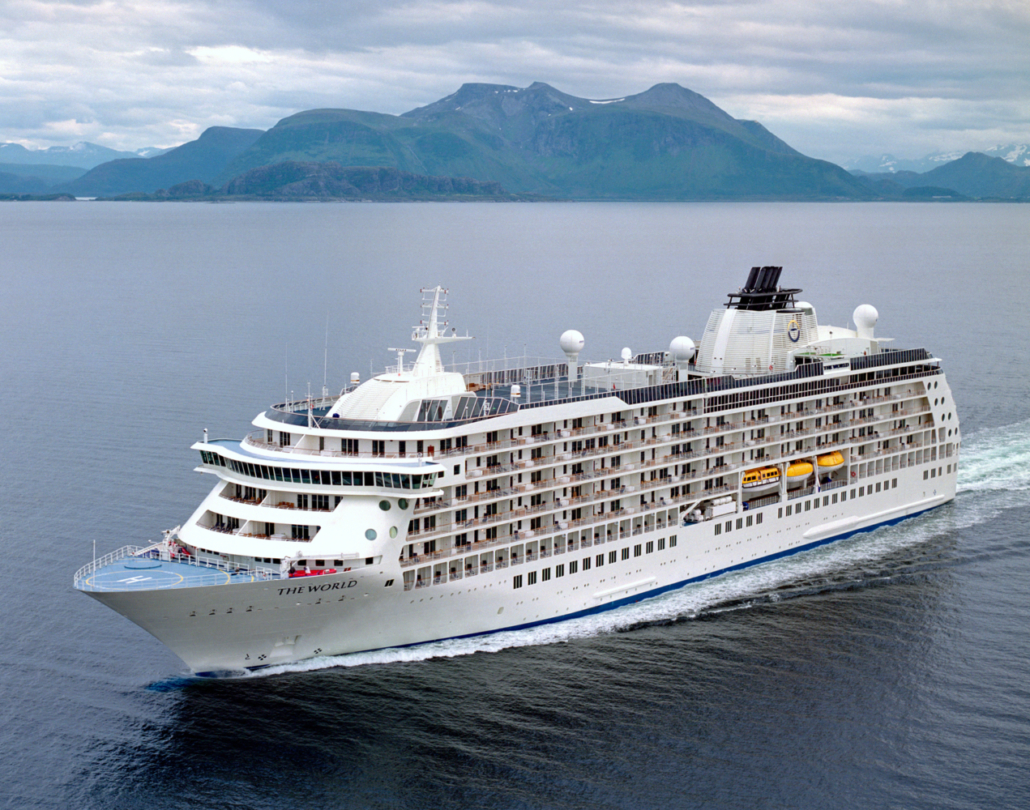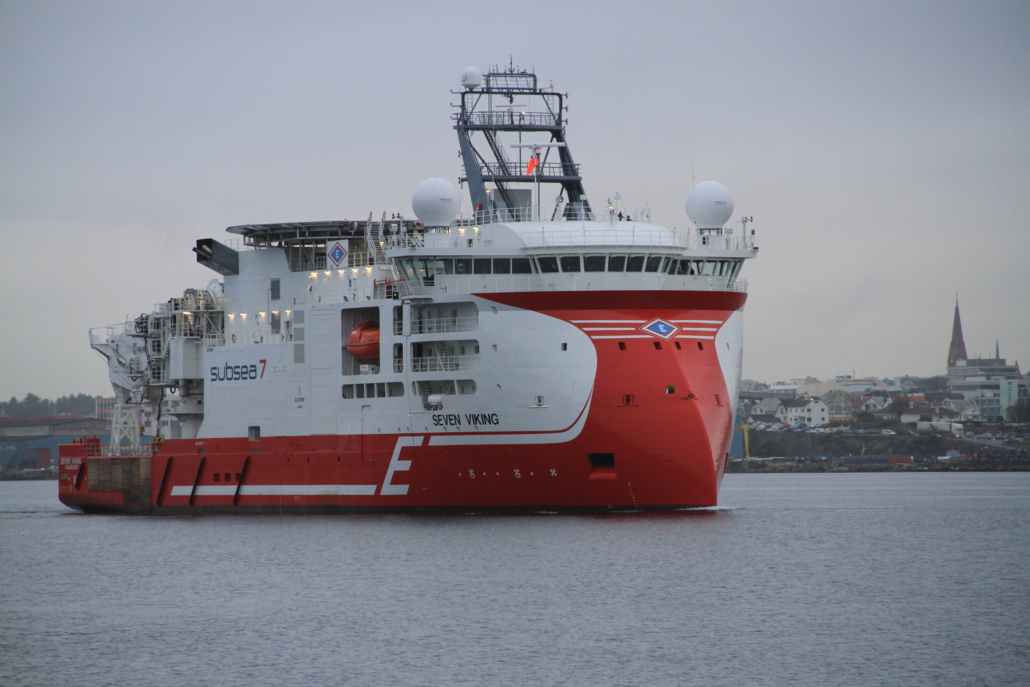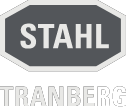Meeting the demands of today’s modern ships
Published: June 5, 2020
Category: News
By Isabelle Simonsen
Position:
Written by Managing Director Thomas Linkenheil
Digitalisation and the use of data plays a key role in the shipping industry today. The digital information flows are driving processes and functions and have a major impact on performance, costs, the enviroment, and safety.
The 2018 Review of Maritime Transport by the United Nations Conference on Trade & Development (UNCTAD) cited that technological advances, such as artificial intelligence, the Internet of Things, and autonomous ships have the potential to significantly “boost efficiency in the global shipping industry”.
Recent research commissioned by mobile communication provider Inmarsat for the maritime sector also found that the average expenditure on Internet of Things (IoT)-based solutions will amount to EUR 2.27 million over the next three years.
This potential is likely to become a reality with the Yara Birkeland, the world’s first autonomous and zero-emission container vessel, which has been developed by Yara and maritime technology company Kongsberg and is due to be launched in 2020.
Amid these developments, what are the drivers for the growth in digitalisation and how is the shipping industry adapting its solutions and technologies to meet these new demands?
Key Drivers
The need to reduce costs and remain competitive in what is a highly competitive and often economically uncertain environment is crucial to shipping operators today. There is an increased focus on the need to keep ships productive and in operation with a minimum number of personnel. This is where areas such as remote-control operations and preventative maintenance come to the fore with a need for greater intelligence within critical components, so that maintenance requirements can be predicted with high levels of certainty and hereby bringing an end to unplanned failures.
The focus on fuel efficiencies and reducing carbon emissions is also a key driver in the maritime sector. Possible CO2 taxes are likely to increase the pressure on the industry to further reduce its carbon footprint as well. Finally, there is the issue of cyber security. The more connected people, systems and processes are, the greater the vulnerability to potential risks.
Evolving New Business Models
So how are partners in the shipping industry evolving to meet these changing requirements and embracing digitalisation? There has been a significant move away from an industry that is driven by separate, standalone commodities towards a more integrated environment where every shipping component is part of a living, breathing ecosystem. There is also an acknowledgement that the combining of data from multiple sources will lead to faster and more informed decisions.
Take the example of a ship’s bridge. These birdges were previously defined by different suppliers with individual implementation requirements and a large number of interfaces, increasing the possibility of human error. Today, there is a greater interconnection and functionality of components, preventing those errors. In addition, new cloud technologies, storage and data platform developments are also having a huge effect on how the marine and oil & gas industries manage information, and how vessels and their components are designed, built and tested.
Reliable back-up and cyber security protections systems are also vital, which have been built and integrated into existing control systems. This allows the implementation of advanced predictive maintenance capabilities, as operators now have much more information on individual components.
Next Generation Marine Lighting
As digitalisation continues to evolve, R. STAHL TRANBERG decided to move further up the value chain by providing not only products, but a mini network that can seamlessly be embedded and integrated into the systems of its customers and suppliers.
The first step is the BlueLine Lighting series; a portfolio of high quality, cost-effective and next generation lightings for the maritime sector, launched at NorShipping, the international shipping exhibition in Oslo this year. The series consists of navigation lights, searchlights, floodlights and deck lights for all kinds of vessels and has been specially designed to meet the growing demand for remote control and sustainable systems.
Key features include seamless integration, simplified plug and play, modular designs for ease of installation, and unmatched availability through – in the case of navigation lights – comprehensive self-monitoring capabilities that in turn lead to reduced CAPEX and OPEX. The new lighting designs furthermore have a smaller environmental footprint, 100% LED lighting, and the ability to be easily upgraded to leverage future LED lighting advances.
OpenBridge Consortium
A further key benefit of the BlueLine Series is that it has been designed for greater compatibility with existing and future control systems. One means of achieving this is aligning these and other products with the Norway-based OpenBridge framework, of which R. STAHL TRANBERG is a consortium member.
OpenBridge is a research and innovation project developing an open platform that provides better and safer user interfaces on ships, simplifies multi-vendor integration and opens the ship bridge for new applications. The consortium, which consists of 27 partners, covers many of the main Norwegian players in the maritime sector, with research carried out by Ocean Industries Concept Lab at the Oslo School of Architecture and Design, research institute SINTEF Ocean and the University of South-Eastern Norway.
Reduced Personnel Vessels
Like the Yara Birkeland, any technology developments that can reduce personnel and costs and ensure increased availability and revenue generation is likely to be of significant interest to operators. This is evident in the growing development of unmanned and hybrid vessels where onboard crews are, to a large extent, replaced with onshore teams who serve multiple vessels. It is with this in mind that many of R. STAHL TRANBERG’s solutions have great remote monitoring capabilities, with the company working closely on current, high profile unmanned vessel projects.
It is clear that digitalisation has only just begun in the shipping industry, with the next few years likely to see a major transformation across all facets of the business as new technologies, such as machine learning and remote-control vessels, come, to the fore.
(Published in ShipBuilding Industry Issue 6 2019)

